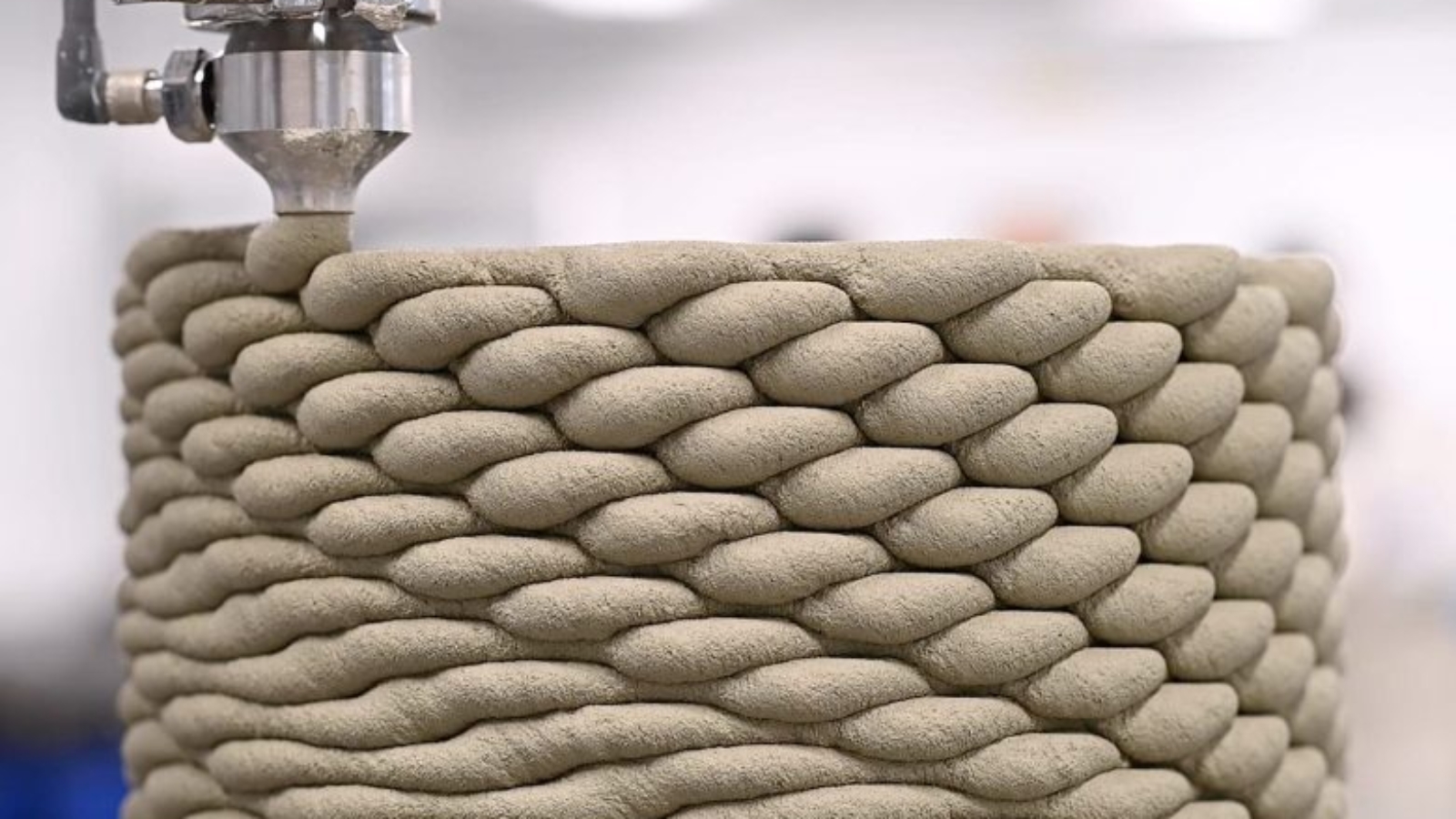According to Princeton University, researchers have taken inspiration from nature to improve crack resistance in concrete components using 3D printing. In an article, titled ‘Tough Double-Bouligand Architected Concreteitious Material using Robotic Additive Manufacturing’, published in the journal Nature Communications, the researchers, led by Reza Moini, an assistant professor of civil and environmental engineering at Princeton, describe how their designs increased resistance to cracking by as much as 63% compared to conventional cast concrete.
The researchers were inspired by the double-helical structures that make up the scales of an ancient fish lineage called coelacanths (pronounced ‘see-luh-kanth’). Moini said that nature often uses clever architecture to mutually increase material properties such as strength and fracture resistance.
To generate these mechanical properties, the researchers proposed a design that arranges concrete into individual strands in three dimensions. The design uses robotic AM to weakly connect each strand to its neighbor. The researchers used different design schemes to combine many stacks of strands into larger functional shapes, such as beams. The design schemes rely on slightly changing the orientation of each stack to create a double-helical arrangement (two orthogonal layers twisted across the height) in the beams – key to improving the material’s resistance to crack propagation.
The paper refers to the underlying resistance in crack propagation as a ‘toughening mechanism.’ The technique, detailed in the journal article, relies on a combination of mechanisms that can either shield cracks from propagating, interlock the fractured surfaces, or deflect cracks from a straight path once they are formed.
Manufacturing on Demand

Shashank Gupta, a graduate student at Princeton and co-author of the work, said that creating architected concrete material with the necessary high geometric fidelity, at scale, in building components such as beams and columns sometimes requires the use of robots – because it can be very challenging to create purposeful internal arrangements of materials for structural applications without the automation and precision of robotic fabrication.
As part of the work, the researchers also developed a customized solution to address the tendency of fresh concrete to deform under its weight. When a robot deposits concrete to form a structure, the weight of the upper layers can cause the concrete below to deform – compromising the geometric precision of the resulting architected structure. To address this, the researchers aimed to better control the concrete’s rate of hardening to prevent distortion during fabrication. The researchers used an advanced, two-component extrusion system implemented at the robot’s nozzle in the lab.
The specialized robotic system has two inlets: one for concrete and another for a chemical accelerator. These materials are mixed within the nozzle just before extrusion – allowing the accelerator to expedite the concrete curing process while ensuring precise control over the structure and minimizing deformation. By precisely calibrating the amount of accelerator, the researchers gained better control over the structure and minimized deformation in the lower levels.
Additional authors include Arjun Prihar, Shashank Gupta, and Hadi Esmaeeli of Princeton. Support for the project was provided in part by the National Science Foundation CMMI Advanced Manufacturing Program.
You might also like:
CPAC and Samsung E&A sign construction 3D printing MoU: The cooperation is based on both companies’ shared vision to introduce innovation and new technologies to drive a modern and sustainable construction industry, globally. Particularly, construction using 3D printing can increase work efficiency by automating processes – helping reduce work errors, solve skilled labor shortages, speed up construction, reduce construction waste, and reduce construction costs compared to traditional methods. Additionally, it aims to study and research materials science, machinery, and equipment, and exchange knowledge and experience in construction systems using 3D printing technology including special cementitious materials.
* This article is reprinted from 3D Printing Media Network. If you are involved in infringement, please contact us to delete it.
Author: Edward Wakefield


Leave A Comment